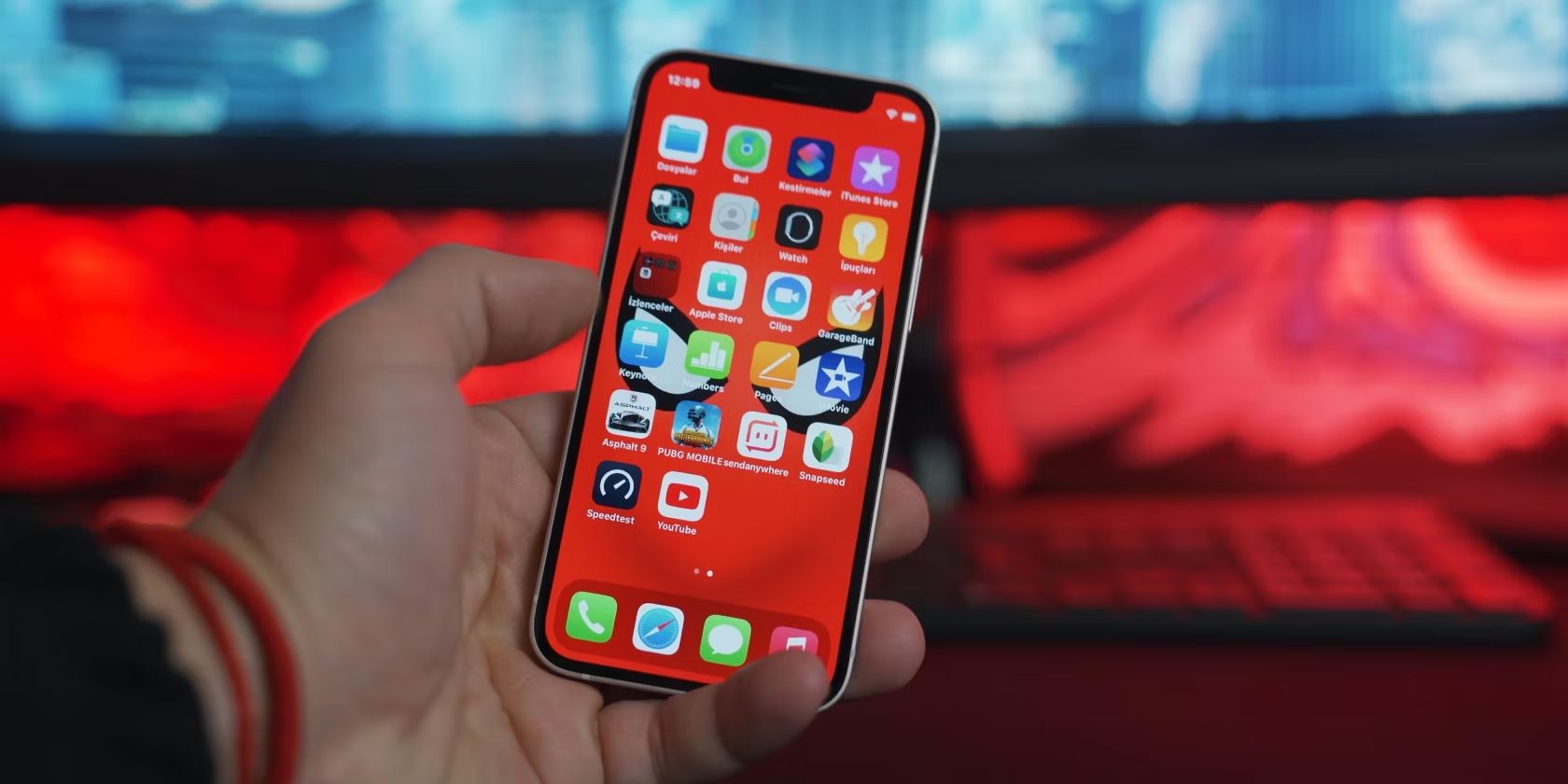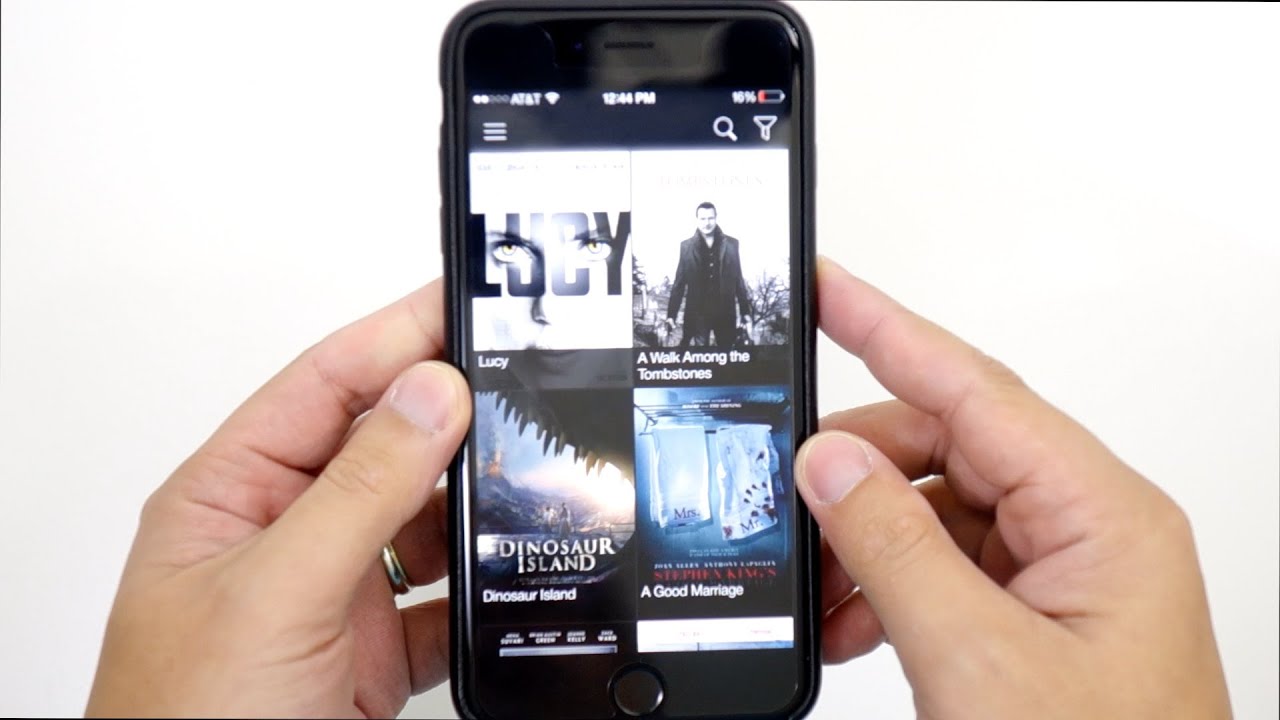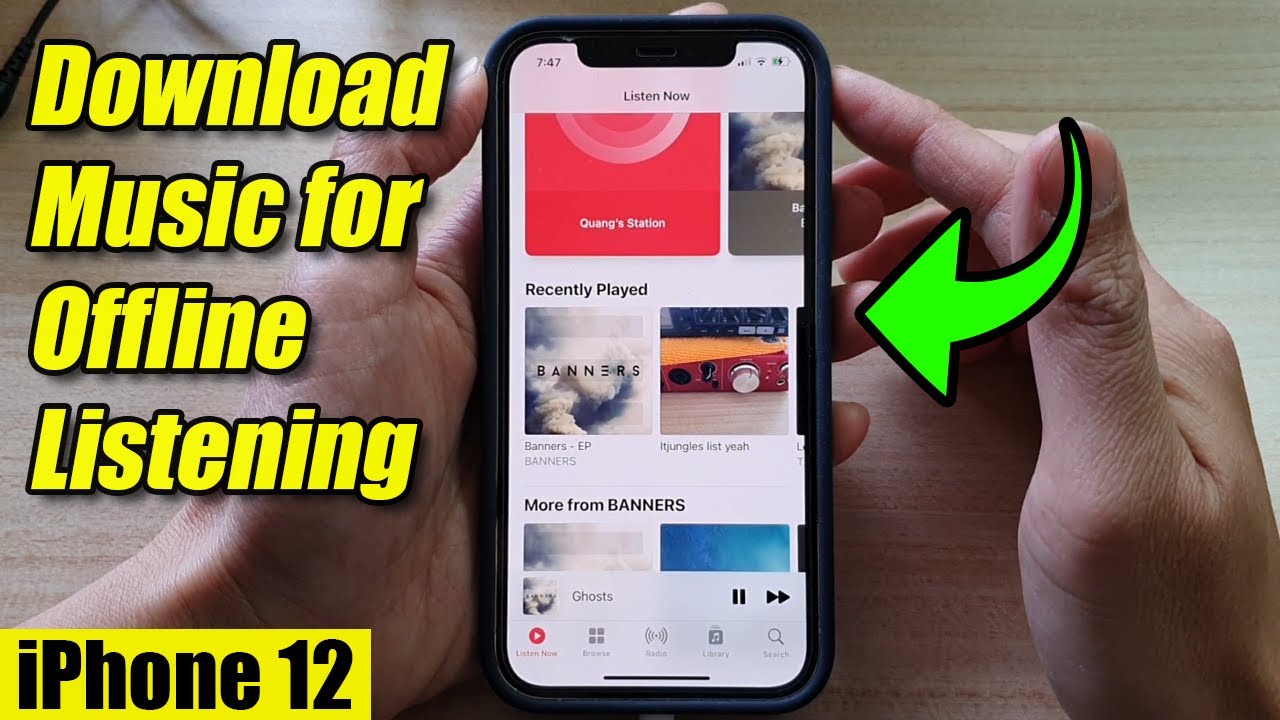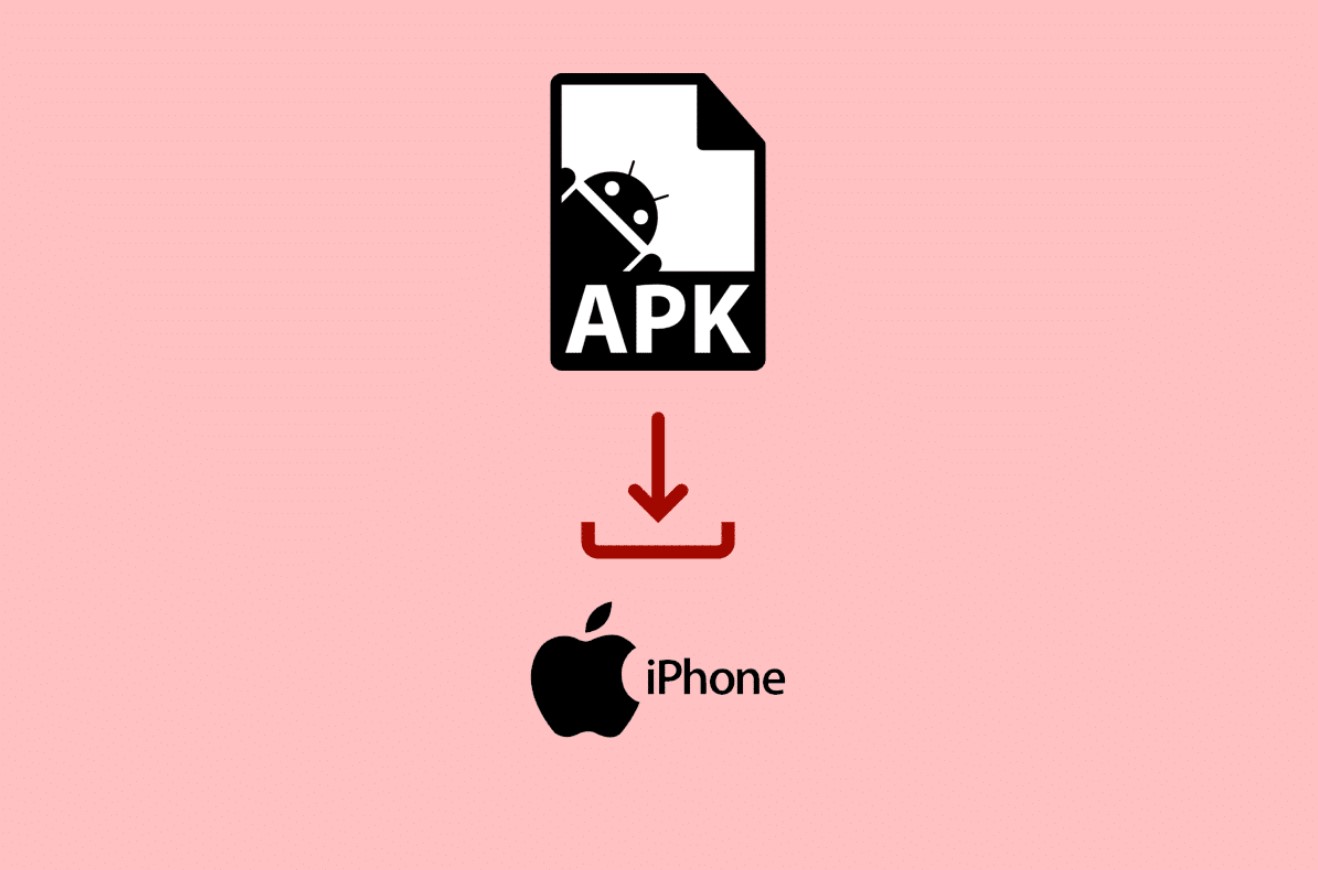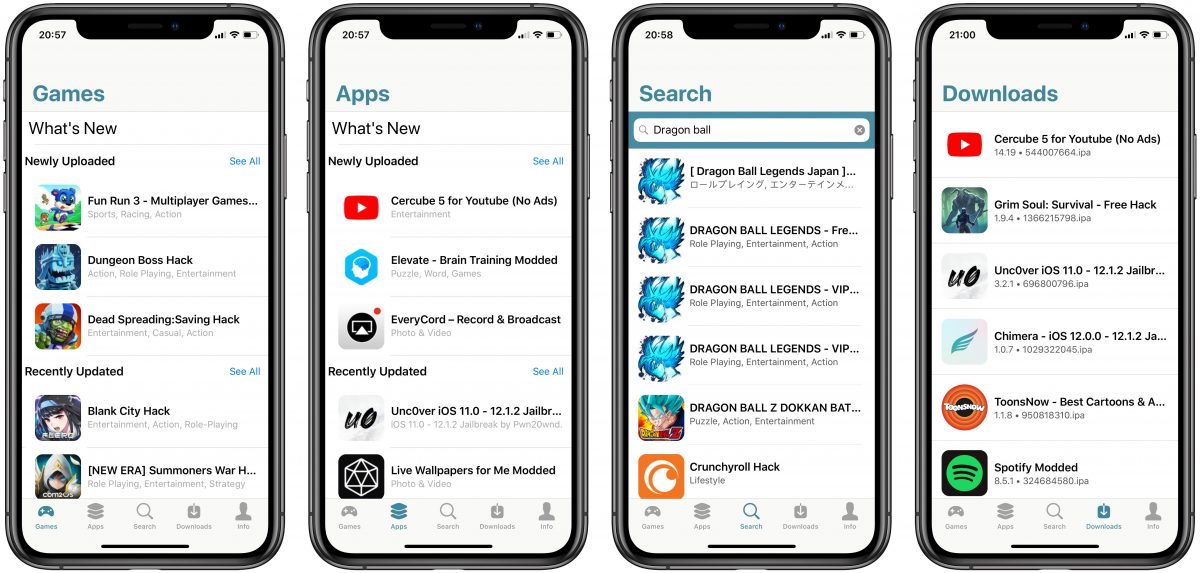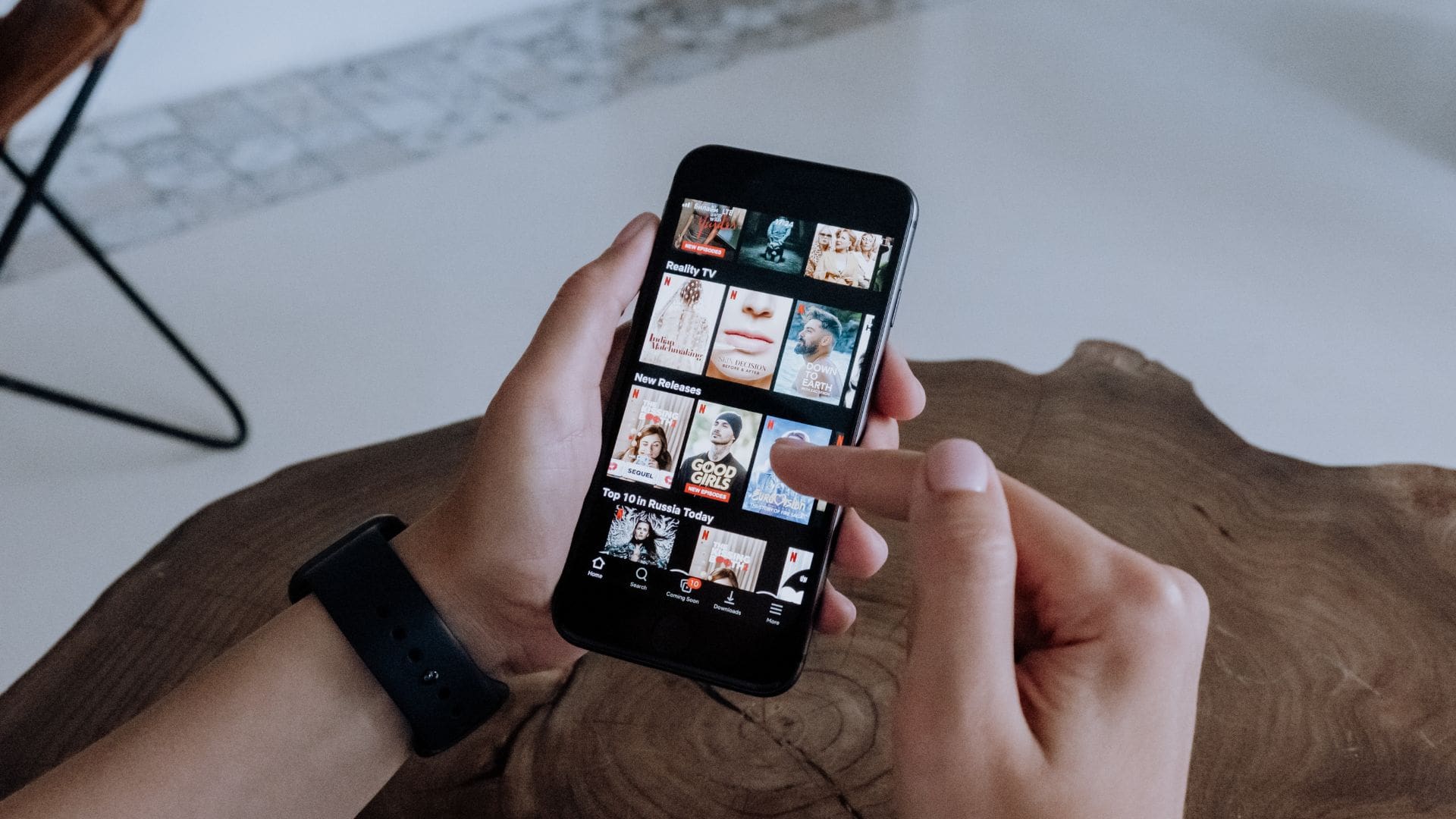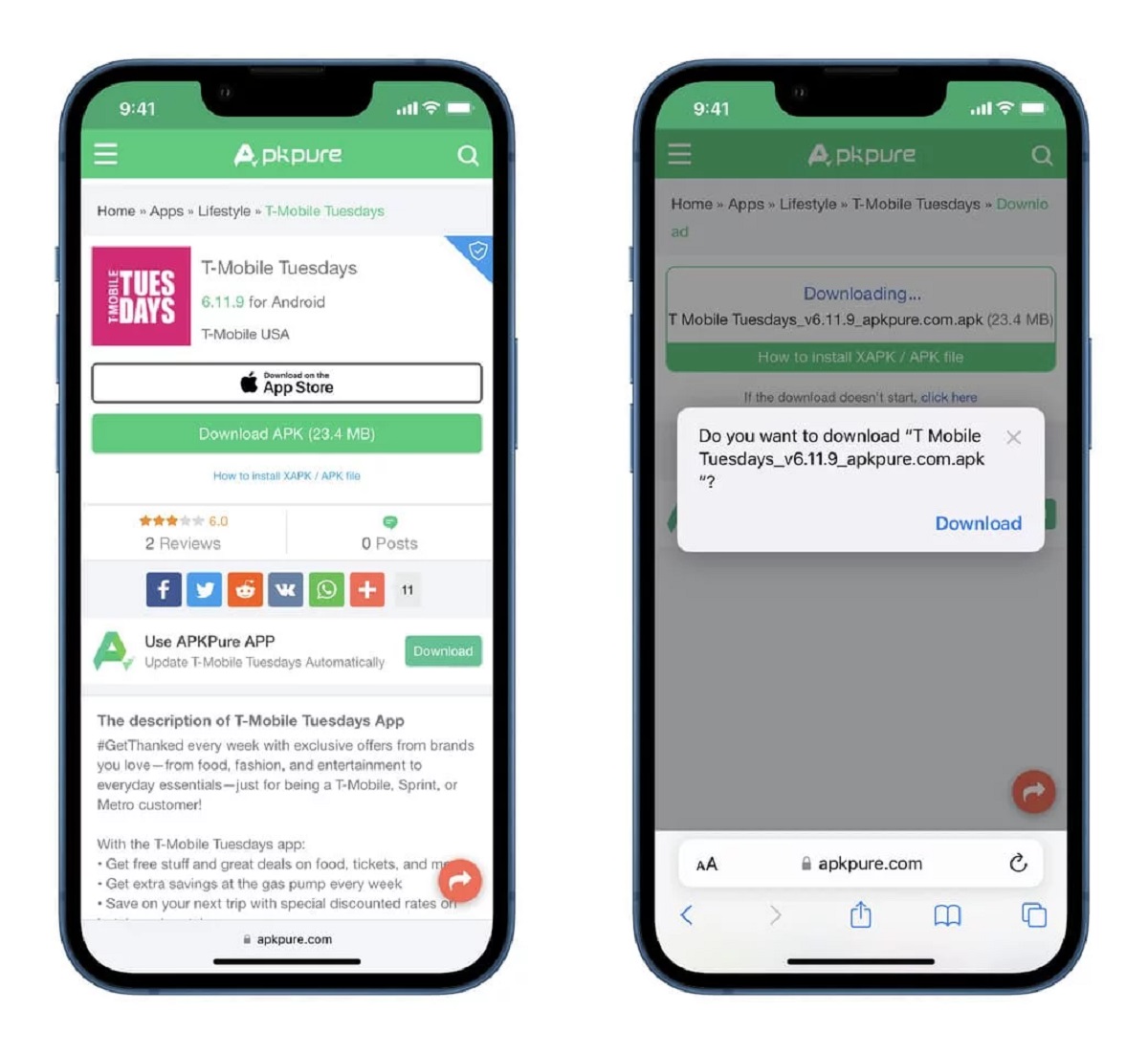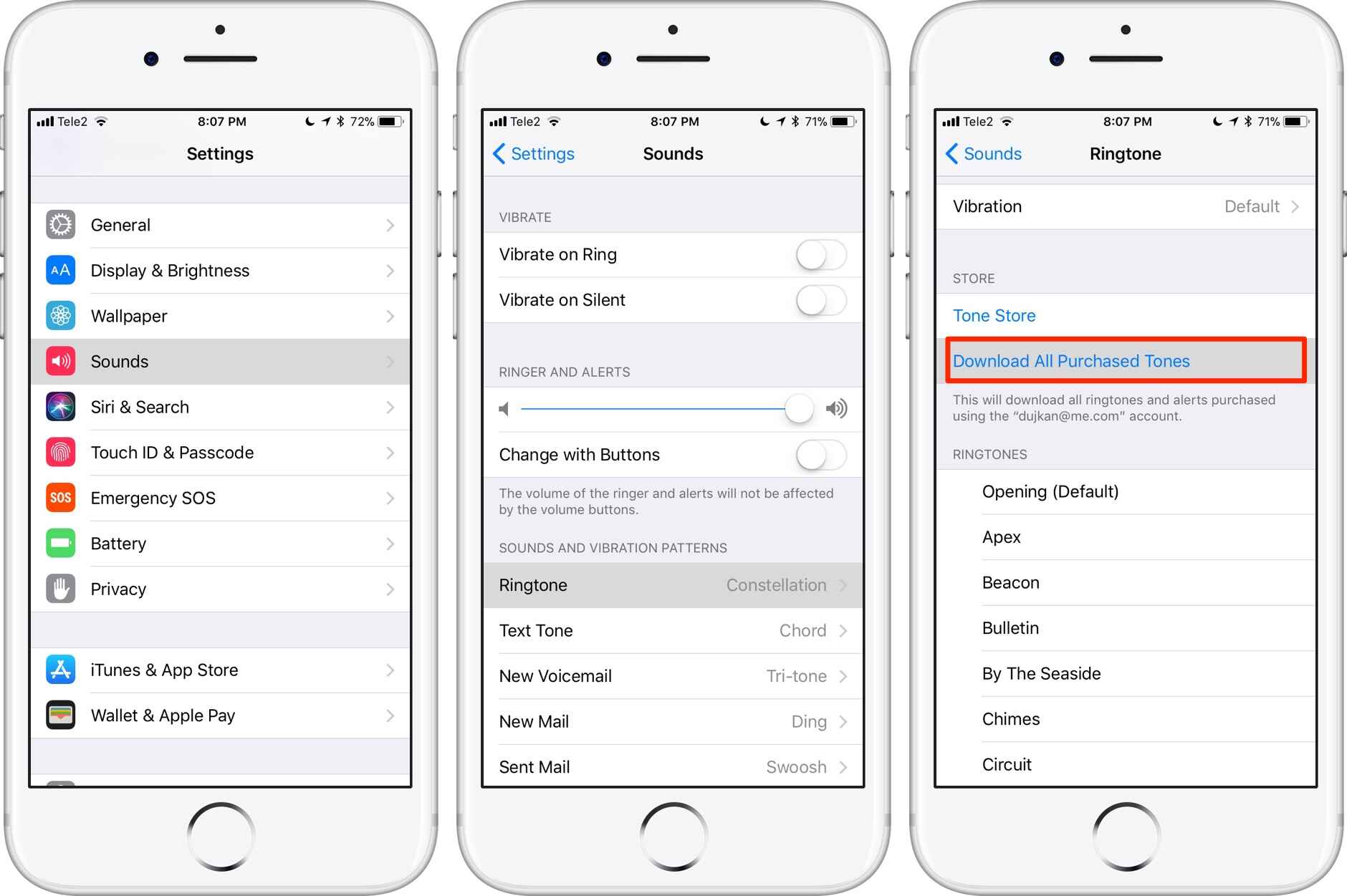Introduction
Are you an iPhone user who frequently downloads files, documents, or media from various apps? Finding your downloads on the iPhone can sometimes be a bit tricky, especially if you’re not familiar with where different apps store their downloaded files. In this article, we will guide you through different methods to help you easily locate your downloads on your iPhone.
With the ever-growing number of apps available on the App Store, each with its own unique download system, it’s important to know where to look. Whether you’re downloading a PDF attachment from an email, a photo from a messaging app, or even a podcast episode from a streaming app, we will explore different methods to help you find your downloads quickly and effortlessly.
From checking the App Store to accessing downloads through various apps and file management systems, we’ll cover it all. By the end of this article, you’ll be equipped with knowledge on how to locate and manage your downloads effectively on your iPhone.
Keep in mind that the process of finding downloads may vary slightly depending on the version of iOS you’re using and the specific apps installed on your device. However, the methods we will discuss are applicable to most iPhones and iOS versions.
Now, without further ado, let’s dive into the various ways to find and access your downloads on your iPhone.
Checking the App Store
The App Store is not only the place to discover and download new apps, but it can also be a convenient location to check for any updates or pending downloads. Here’s how you can find your downloads through the App Store:
1. Open the App Store on your iPhone by tapping on the App Store icon.
2. Tap on your profile picture or the “Today” tab at the bottom right corner of the screen.
3. Scroll down and you will find a section called “Pending Updates.” This section will display any apps that are currently being updated or downloaded.
4. If you have any pending updates or downloads, you can tap on each app to view more details or pause or cancel the download. If there are no pending updates or downloads, this section will be empty.
5. Additionally, you can swipe down on the “Today” tab to reveal the search bar. You can enter the name of an app or file you are looking for and the App Store will provide relevant suggestions.
The App Store provides a straightforward way to manage and check the status of your app updates and downloads. However, keep in mind that this method only applies to apps downloaded from the App Store itself. If you have downloaded files or media from other sources, you will need to explore other methods to find them on your iPhone.
Now that we have covered checking your downloads through the App Store, let’s move on to the next method: accessing downloads from Safari.
Accessing Downloads from Safari
If you frequently download files, documents, or media from websites using Safari, you might be wondering how to find these downloads. Here’s how you can access your downloads from Safari:
1. Open Safari on your iPhone by tapping on the Safari icon.
2. Tap on the bookmark icon at the bottom of the screen, which resembles an open book.
3. In the bookmark menu, tap on the tab labeled “Downloads.”
4. Here, you will find a list of all your downloaded files from Safari. You can tap on any file to view it or take further actions such as sharing or deleting it.
5. If you want to clear your download history, you can do so by tapping on the “Clear” button in the top right corner of the Downloads tab.
Alternatively, you can also access downloaded files from Safari by tapping and holding on a link or image that you have downloaded. This will display a menu with options to open, share, or save the file to a specific location on your device.
Remember that Safari only stores downloads made through the browser itself. If you have downloaded files from other sources or apps, you will need to explore different methods to locate them.
Now that you know how to access downloads from Safari, let’s proceed to the next method: finding downloads in the Files app.
Finding Downloads in the Files App
If you have downloaded files from various sources, including third-party apps or email attachments, you can use the Files app to manage and access your downloads. Here’s how you can find your downloads in the Files app:
1. Locate the Files app on your iPhone, which has a blue folder icon. If you can’t find it on your home screen, swipe down on your home screen and enter “Files” in the search bar to locate it.
2. Once you open the Files app, you will see different locations listed, such as iCloud Drive, On My iPhone, and any third-party cloud storage services you may have connected to your device.
3. Browse through these locations to find your downloaded files. Depending on the app or source you downloaded from, your files may be stored in different folders or directly in the respective app’s folder.
4. Tapping on a folder will reveal its contents, allowing you to locate your downloaded files. You can also use the search bar at the top to search for a specific file by name.
5. Once you find the file you’re looking for, you can tap on it to open it or perform actions such as sharing, moving, or deleting it.
Within the Files app, you can organize your downloads into folders or move them between different locations for easy access. This method allows you to have more control and flexibility when managing your downloaded files.
Now that we’ve covered accessing downloads through the Files app, let’s move on to the next method: locating downloads in the Mail app.
Locating Downloads in the Mail App
Downloading attachments from emails is a common task for many iPhone users. If you have downloaded files from the Mail app, you might be wondering how to locate them. Here’s how you can find your downloads in the Mail app:
1. Open the Mail app on your iPhone by tapping on the envelope icon.
2. Navigate to the specific email thread or folder where you received the attachment you downloaded.
3. Once you find the email with the attachment, you can tap on it to open the message.
4. Look for the attachment icon within the message body, which can vary depending on the file type. It might appear as a document icon, image thumbnail, or a generic paperclip symbol.
5. Tap on the attachment icon, and it will open in a new window or prompt you with options to open or save the file.
If you choose to save the file, it will be downloaded and stored in the Files app. To access the downloaded file, you can follow the steps mentioned in the previous section on “Finding Downloads in the Files App.”
In addition to accessing downloads from individual emails, you can also use the “All Mailboxes” section or search within the Mail app to find specific attachments or emails that contain attachments.
Keep in mind that attachments in emails can have various file types, including documents, images, audio files, or even compressed archives. The Mail app allows you to view and access these attachments directly from your iPhone.
Now that we’ve explored locating downloads in the Mail app, let’s move on to the next method: checking downloads in messaging apps.
Checking Downloads in Messaging Apps
Downloading and receiving files through messaging apps is a common practice among iPhone users. If you have downloaded files or received attachments in messaging apps like WhatsApp, Messenger, or iMessage, you might be wondering how to check and access them. Here’s how you can find your downloads in messaging apps:
1. Open the messaging app where you received or downloaded the file. This could be WhatsApp, Messenger, or even the built-in iMessage app.
2. Enter the conversation or chat where the file was shared or downloaded.
3. Look for the specific message or attachment that contains the file you want to access.
4. Depending on the messaging app, you can tap on the attachment directly to view it, or you might need to tap and hold on the attachment to reveal more options.
5. In some messaging apps, such as WhatsApp or Messenger, you can tap on the “Downloads” or “Media” section within the app to access all the files, images, or media that have been downloaded or received in that specific conversation.
6. Tap on the file you want to access or take further actions, such as sharing it with others or saving it to your device.
Remember that files downloaded or received through messaging apps are typically stored within the app itself and may not be accessible in other locations like the Files app. However, most messaging apps provide options to save the files to your device or share them with other apps.
Now that we’ve covered checking downloads in messaging apps, let’s move on to the next method: finding downloads in cloud storage apps.
Finding Downloads in Cloud Storage Apps
If you use cloud storage apps like Dropbox, Google Drive, or iCloud Drive to store and access your files, you may want to know how to find and manage your downloads within these apps. Here’s how you can locate your downloads in cloud storage apps:
1. Open the cloud storage app on your iPhone, such as Dropbox, Google Drive, or iCloud Drive.
2. Sign in to your account if prompted and navigate to the location where you typically save your downloaded files.
3. Browse through the folders and files within the cloud storage app to locate your downloaded files. Depending on the app and your file organization, you may find them in the root folder, within a specific folder, or even in a shared folder if someone shared the file with you.
4. You can tap on a file to view it within the cloud storage app. Some apps may provide options to rename, move, or delete the file from within the app.
5. If you want to access the downloaded file outside of the cloud storage app, you can use the “Share” option within the app to send it to other apps, save it to your device, or upload it to another cloud storage service.
Remember that cloud storage apps allow you to download and access files from multiple devices, and syncing between devices is a key feature. Therefore, if you have previously downloaded a file on another device using the same cloud storage app, it will be available for access and download on your iPhone as well.
Now that we’ve explored finding downloads in cloud storage apps, let’s move on to the next method: locating downloads in streaming apps.
Locating Downloads in Streaming Apps
Streaming apps have become increasingly popular for enjoying music, movies, TV shows, and podcasts on your iPhone. If you have downloaded content for offline viewing or listening in streaming apps like Spotify, Netflix, or Podcasts, you may want to know how to find your downloads. Here’s how you can locate downloads in streaming apps:
1. Open the streaming app where you downloaded the content. This could be Spotify, Netflix, Apple TV, or any other streaming app you have installed on your iPhone.
2. Navigate to the section where your downloads are stored. This could be a dedicated downloads section, a library, or an offline mode toggle.
3. In apps like Spotify, tap on the “Your Library” tab and look for the “Downloads” or “Offline” section. Here, you will find all the music or podcasts you have downloaded for offline listening.
4. In apps like Netflix or Apple TV, tap on the “Downloads” or “My Downloads” section to access the movies or TV shows you have downloaded for offline viewing. You may need to sign in to your account if prompted.
5. Tap on the downloaded content that you want to access. In most cases, the downloaded content will open and play directly within the streaming app.
Remember that downloaded content in streaming apps is usually available for a limited period before it needs to be refreshed or re-downloaded. Additionally, some streaming apps may impose restrictions on the number of downloads or the duration for which you can keep the downloads offline.
Now that we’ve covered locating downloads in streaming apps, let’s move on to the next method: checking downloads in social media apps.
Checking Downloads in Social Media Apps
Social media apps have become a popular platform for sharing and downloading various types of media, including photos, videos, and GIFs. If you have downloaded media files from social media apps like Instagram, Facebook, or Twitter, you may be wondering how to check and access them. Here’s how you can find your downloads in social media apps:
1. Open the social media app where you downloaded the media file. This could be Instagram, Facebook, Twitter, or any other social media app installed on your iPhone.
2. Navigate to the specific post or thread where the media file was shared or downloaded.
3. Look for the specific media file you want to access. Depending on the app, it may be displayed as a photo, video, or GIF.
4. Tap on the media file to open and view it within the social media app. Most apps provide options to play videos, view photos, or interact with the media content.
5. To save or download the media file to your device, look for the download or save icon within the app. It may vary depending on the app, but it is typically represented by a downward-facing arrow or a download symbol.
6. In some social media apps, such as Instagram or Twitter, you can access your downloaded media files from your profile or settings section. Look for options like “Saved posts,” “Downloads,” or “Media library” to find your saved or downloaded files.
Remember that the ability to download or save media files from social media apps may vary depending on the app and the content shared by other users. Some apps may allow you to save media files directly to your device, while others may only provide options to bookmark or save the post within the app.
Now that we’ve explored checking downloads in social media apps, let’s move on to the next method: accessing downloads in note-taking apps.
Accessing Downloads in Note-Taking Apps
Note-taking apps are incredibly useful for organizing your thoughts, ideas, and important information. If you have downloaded files or attachments within note-taking apps like Evernote, OneNote, or Apple Notes, you may be wondering how to access them. Here’s how you can find your downloads in note-taking apps:
1. Open the note-taking app on your iPhone, such as Evernote, OneNote, or Apple Notes.
2. Navigate to the specific note or notebook where you saved the downloaded files.
3. Look for the attachment icon within the note. It may appear as a paperclip, a file thumbnail, or a link symbol.
4. Tap on the attachment icon to open and view the downloaded file.
5. If you want to save the downloaded file to your device or share it with others, you can use the options within the note-taking app. Look for options like “Save to device,” “Export,” or “Share” to perform these actions.
Note-taking apps also provide features to organize and manage your downloaded files within your notes. You can create folders or tags, add descriptions or annotations, and even search for specific keywords within your notes.
Remember that some note-taking apps may have limitations on the types of files you can download or the maximum file size allowed. Additionally, the availability of downloading files may depend on the version and subscription level of the note-taking app.
Now that we’ve covered accessing downloads in note-taking apps, let’s move on to the next method: finding downloads in document editing apps.
Finding Downloads in Document Editing Apps
Document editing apps, such as Microsoft Word, Pages, or Google Docs, are essential for creating and editing documents on your iPhone. If you have downloaded files or received attachments in document editing apps, you may want to know how to find and manage them. Here’s how you can locate your downloads in document editing apps:
1. Open the document editing app on your iPhone, such as Microsoft Word, Pages, or Google Docs.
2. Navigate to the specific document or folder where you saved the downloaded files.
3. Look for the document or file icon within the app’s file management system. It may be displayed as a thumbnail or a file name.
4. Tap on the document or file you want to access to open and view it within the document editing app.
5. Document editing apps provide various options for managing your downloaded files. You can edit the document, add comments, track changes, or even collaborate with others in real-time.
6. To save or export the downloaded file, look for options like “Save as,” “Export,” or “Share.” These options will allow you to save the document to your device, share it with others, or upload it to cloud storage services.
Note that document editing apps offer a wide range of features and integration with cloud services, making it easy to access and manage your downloaded files across multiple devices.
Now that we’ve explored finding downloads in document editing apps, let’s move on to the final method: locating downloads in offline navigation apps.
Locating Downloads in Offline Navigation Apps
Offline navigation apps are incredibly helpful when you’re traveling and don’t have access to a stable internet connection. If you have downloaded maps or routes in offline navigation apps like Google Maps, HERE WeGo, or Apple Maps, you may want to know how to locate and access them. Here’s how you can find your downloads in offline navigation apps:
1. Open the offline navigation app on your iPhone, such as Google Maps, HERE WeGo, or Apple Maps.
2. Go to the specific area or region where you downloaded the offline map or route. You may have to zoom in or out to find the appropriate location.
3. In most offline navigation apps, the downloaded maps or routes will be automatically displayed on the screen, indicating the areas that are available for offline use.
4. You can now navigate through the offline maps, search for points of interest, or plan routes without an internet connection.
5. To access saved routes or directions within the app, look for the “Saved” or “Routes” section. Here, you will find the routes you have previously downloaded or saved, allowing you to access them conveniently while offline.
Offline navigation apps also provide additional features such as voice-guided navigation, real-time traffic updates, and the ability to save favorite locations. These features can enhance your navigation experience, even when you’re offline.
Remember that the availability of offline maps and routes may depend on the app and the specific region or area you want to download. Some apps may require a premium subscription or additional in-app purchases to access advanced offline features.
Now that we’ve covered locating downloads in offline navigation apps, you have learned various methods to find and access your downloads on your iPhone. With these techniques at your disposal, you can manage and access your downloaded files, documents, media, and maps with ease.
Conclusion
Locating and accessing downloads on your iPhone can sometimes be a daunting task, especially with the plethora of apps and file management systems available. However, with the methods outlined in this article, you can easily find your downloads and manage them effectively.
We began by checking for downloads through the App Store, where you can monitor app updates and pending downloads. Then, we explored accessing downloads from Safari, allowing you to locate files saved from websites.
We then delved into using the Files app to find downloads from various sources. Additionally, we discussed locating downloads in the Mail app, allowing you to access attachments from your emails.
To navigate through different types of apps, we covered checking downloads in messaging apps, finding downloads in cloud storage apps, and locating downloads in streaming apps, social media apps, and note-taking apps. Each section provided specific instructions tailored to the respective app type.
Finally, we concluded by discussing how to find downloads in document editing apps and offline navigation apps, offering insights into managing your downloaded files in these specific contexts.
By utilizing these methods, you can confidently find your downloads in different apps and file management systems, ensuring quick and easy access to your files, documents, media, and maps.
Remember that the process of locating downloads may vary slightly depending on the version of iOS you’re using and the specific apps installed on your device. However, the principles and techniques discussed in this article are applicable to most iPhones and iOS versions.
Now armed with this knowledge, you can better organize and manage your downloads on your iPhone, making it easier to find and access the files you need.







